|
Mark McDonald
Transportation in and around Nagoya: The Route Bus & The Taxi

Nagoya is in some ways ideal in size for a major city : big enough to be interesting and worth exploring, but not so huge that we get no sense of where everything is.
In this article we would like to introduce the various ways of getting around the city and provide a few useful hints for using the various transport facilities.
The Route Bus
Nagoya has an extensive bus system which covers many areas of the city in the same way that the subway system does.
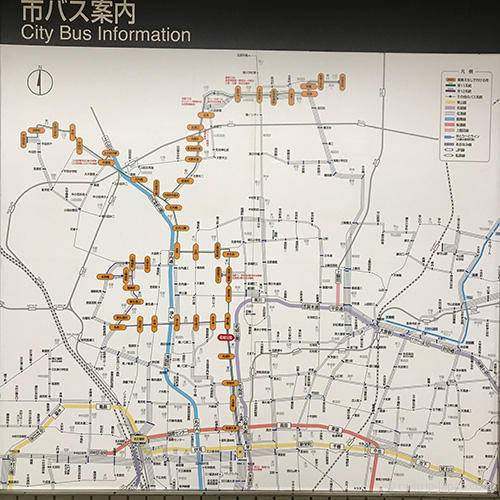
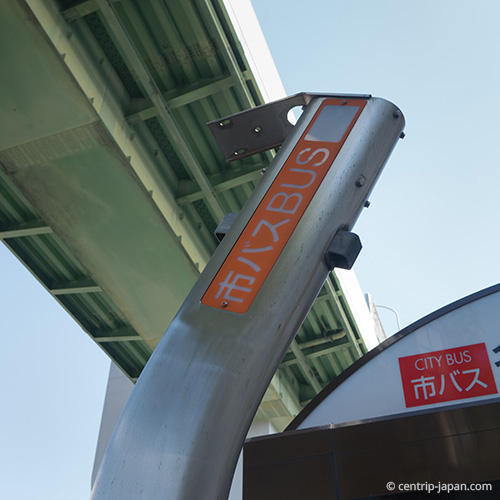
One of the main bus centres in Nagoya is in Oasis 21 in Sakae. If you want to take a bus and are not sure where to get on, this is a good place to find out.
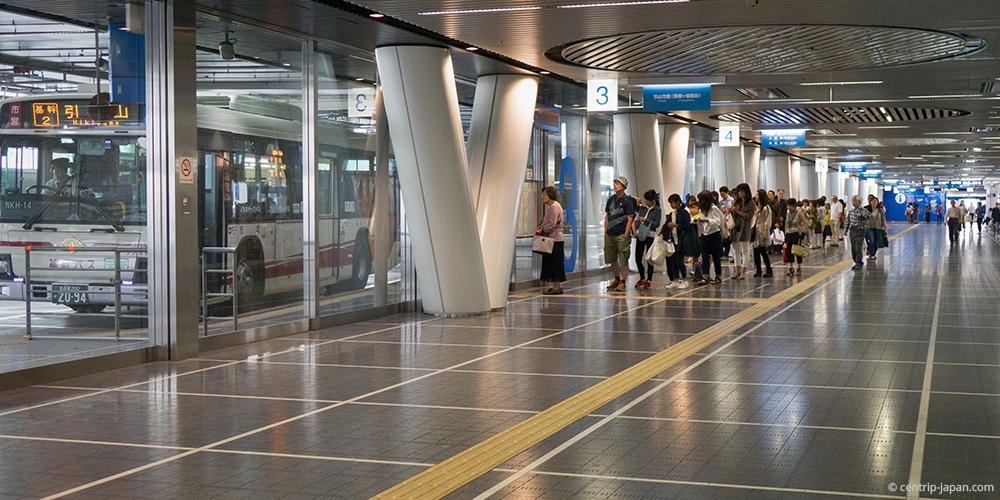
The other main bus centre is located in the Gate Tower, the new extension to Nagoya station.
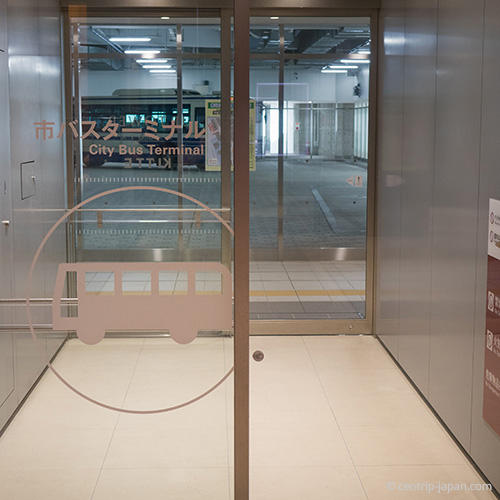
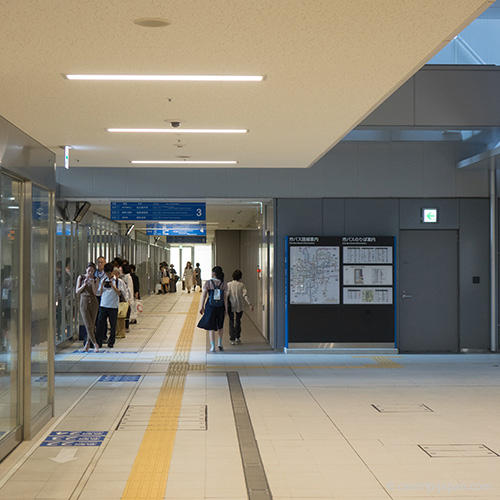
Recently, the local government set a flat rate of 210 yen for a single bus journey, no matter the distance, which you pay upon boarding the bus. This is convenient because you know how much you will be paying and you can easily prepare the correct amount (this also helps the driver and prevents the bus being delayed). If you do not have the correct change, though, you can change a larger coin or a note.
You can pay for the ticket with cash, a Manaca card, a one-day ticket which includes the bus (see the “subway” section for details; it is the ticket costing 850 yen) or a donichi ticket (on Saturdays, Sundays, public holidays and the 8th of the month only)
Once you are on the bus, the name of the next stop is always announced, so as long as you know the name of the stop you want, you should not have a problem.
Most bus timetables are divided into weekdays and weekends / public holidays. These are sometimes colour-coded, where white is weekdays and pink, weekends and holidays.
You may sometimes see a bus stop or a timetable with the character 巡 on it. This means that the bus goes around a circuit. It is unlikely that you will use these buses.
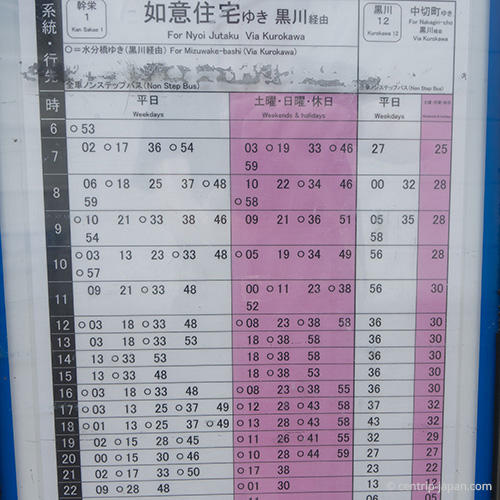
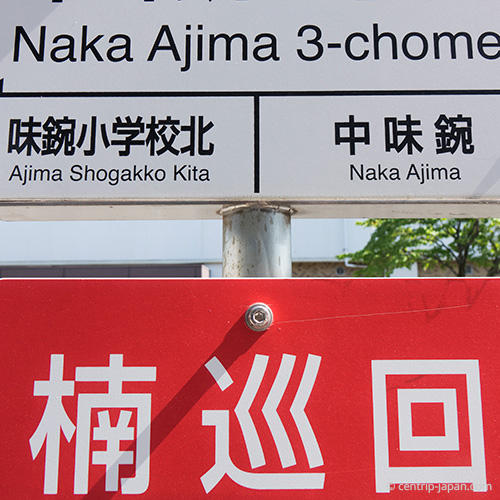
One further piece of advice. If, like me, you are from a country where buses are frequently late (or do not show up at all), you may sometimes notice that the driver stops at a bus stop when there is nobody waiting, or waits for a while even if the passengers have boarded. This is simply because the bus is ahead of schedule! Keep a close eye on the clock at the front of the bus. Often the driver will start moving the instant the clock changes from one minute to the next; this will be the time on the timetable at that particular stop.
The Taxi
Nagoya has plenty of taxis, and they are popular for getting around.
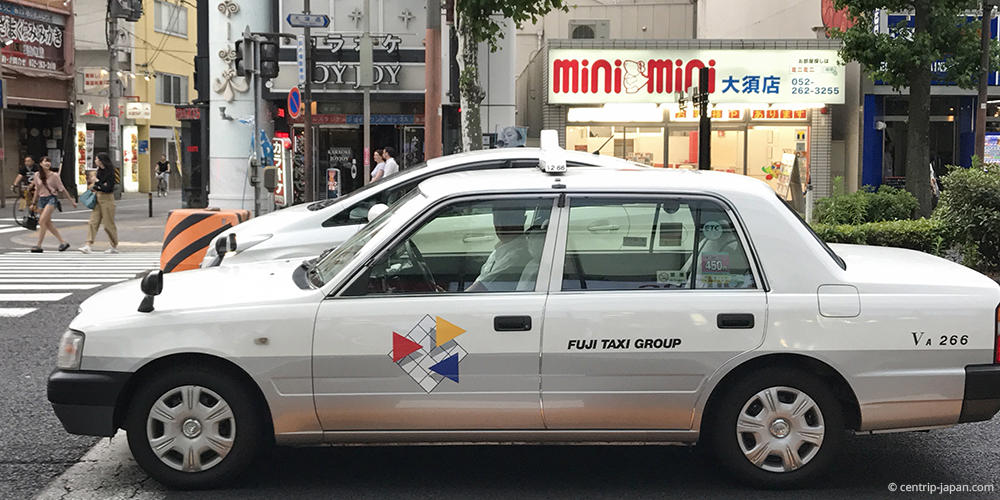
There are taxi stops in many places. The exit of stations is one good place to look for them, as is a busy area like Sakae and the area around Nagoya station.
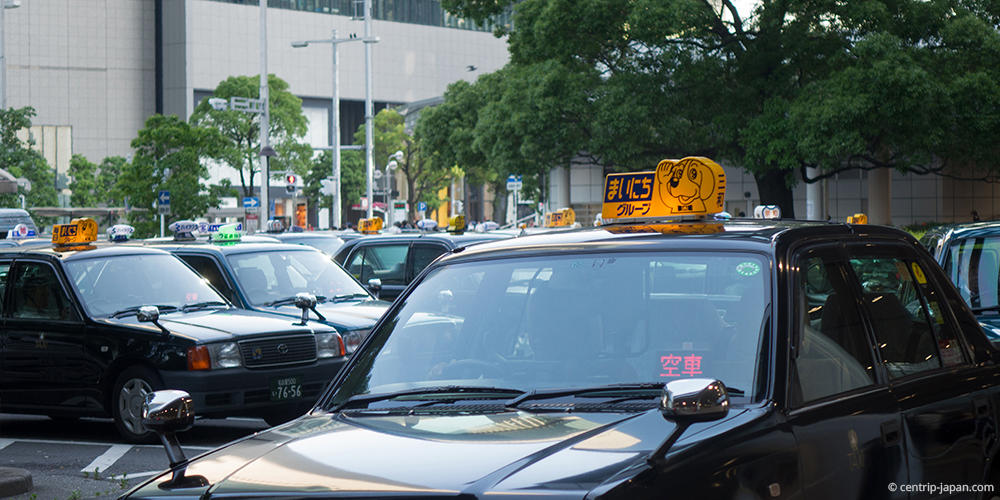
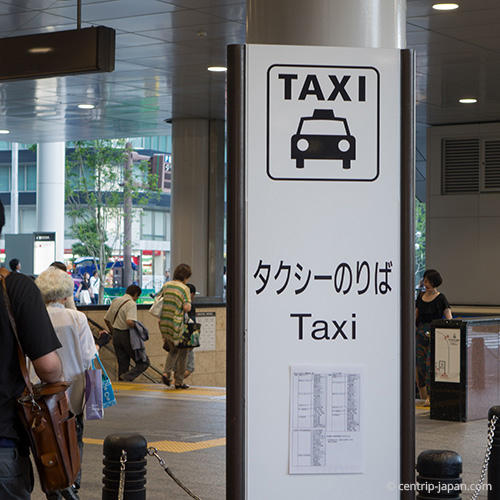
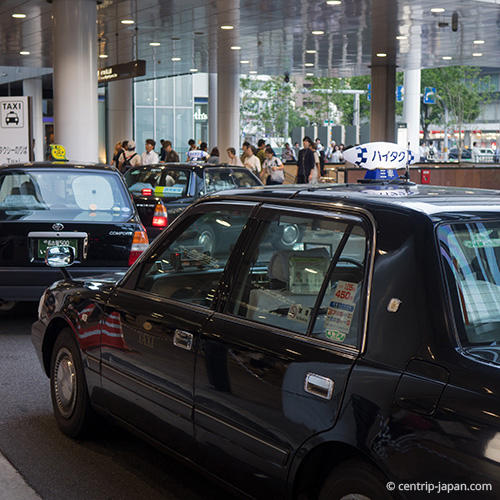
The doors tend to open by themselves, so you don’t need to open them.
You can also try and hail a taxi in the street. The sign to look for is 空車, literally “empty car”, meaning that the taxi is not currently carrying passengers or on the way to pick passengers up.
If you hail a taxi and it can take you, it will try and stop at a safe and convenient spot, so do not worry if it seems to have gone past you. It will stop and wait.
Finally, the driver will often ask you if you want a receipt for your journey. If he does not, and you need one, you can just ask him. The word for receipt is 領収証, pronounced approximately as “ryo shoe show”.


